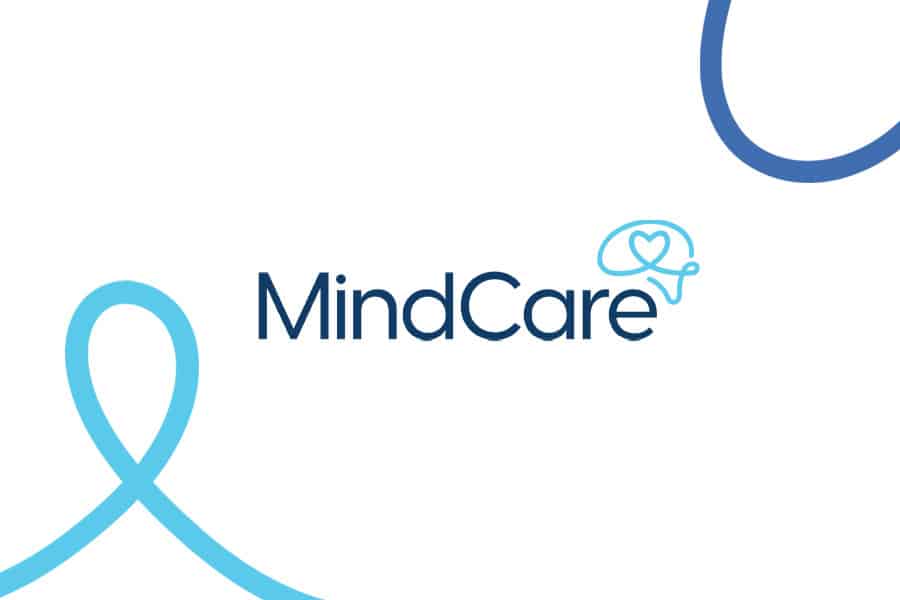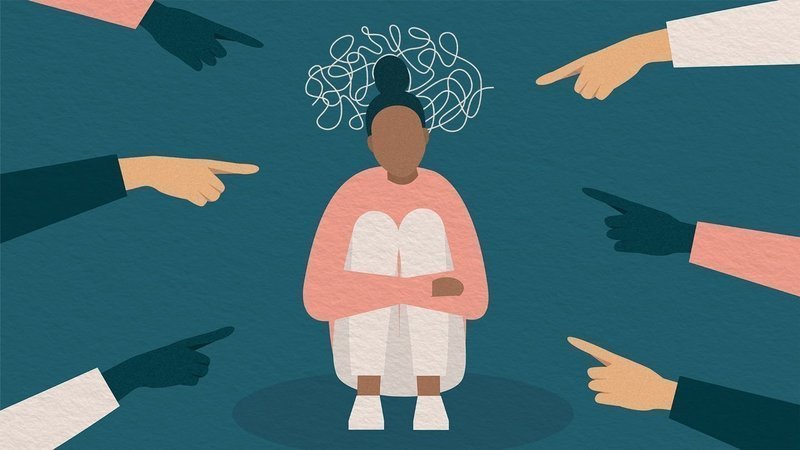Self harm is the act of deliberately inflicting pain or injury on oneself. It commonly includes cutting, scratching, burning, or hitting oneself. Contrary to stereotypes, self harm affects people across all ages, genders, and cultural backgrounds.
According to Beyond Blue, self-harming behaviour often emerges during adolescence and is linked to emotional regulation difficulties, trauma, and mental health conditions such as:
- Major depression
- Borderline personality disorder
- Post-traumatic stress disorder (PTSD)
- Schizophrenia or psychosis
- History of abuse (emotional, physical, sexual)
Is Self Harm Always a Sign of Suicidal Intent?
No, most people who self harm are not trying to end their life.
| Behaviour | Intent |
| Non-suicidal self injury (NSSI) | Coping with emotion, not ending life |
| Suicidal self harm | Intentional effort to die |
| Overlap possible | Some may experience both urges simultaneously |
A 2014 meta-analysis (Klonsky et al.) found that many individuals engage in self harm to alleviate intense emotional distress, not because they wish to die. However, self harm increases suicide risk and should never be dismissed.
Why Do People Self Harm?
People self harm as a short-term coping mechanism.
Common motivations include:
- Regulating overwhelming emotions (anger, sadness, anxiety)
- Physical release of psychological pain
- Expressing inner turmoil without verbalising it
- Reclaiming control in situations of powerlessness
- Distraction from dissociation or emotional numbness
- Responding to hallucinations or compulsions (in psychotic illness)
For many, self harm becomes a maladaptive self-soothing technique—providing temporary relief but increasing emotional distress over time.
“Seeing the blood makes it real. It shows me that I’m still here.” – Common client report in clinical practice
Can Self Harm Become Addictive?
Yes, self harm can become compulsive due to neurological reward cycles.
The brain releases endorphins during injury, which may reinforce the behaviour.
Over time, individuals may require increased intensity or frequency to achieve the same emotional effect—similar to substance addiction patterns.
Warning signs of behavioural dependency include:
- Preoccupation with self harm urges
- Increased frequency or escalation
- Inability to resist urges despite negative consequences
- Concealment or shame around the behaviour
What Are Effective Treatments for Self Harm?
Treatment aims to address the emotional root cause and build new coping strategies.
Common psychological approaches include:
| Therapy Type | Objective |
| Cognitive Behavioural Therapy (CBT) | Identifies and reframes harmful thoughts |
| Dialectical Behaviour Therapy (DBT) | Builds distress tolerance and mindfulness |
| Trauma-informed therapy | Addresses PTSD or abuse-based triggers |
| Psychoeducation | Increases emotional awareness |
Harm minimisation may be recommended when:
- Behaviour is compulsive or ritualised
- Immediate abstinence leads to more danger
- Underlying conditions (e.g. BPD) are still untreated
Support is tailored per individual. Mind-Care clinicians focus on realistic goals and long-term emotional resilience.
How Can You Support Someone Who Self Harms?
- Stay calm and non-judgmental
- Encourage professional support
- Avoid ultimatums or punishment
- Don’t demand explanations; instead, offer consistent care
- Help them replace the behaviour with healthier coping strategies
Open communication and safe environments can reduce the shame or secrecy often surrounding self harm.
Concerned About Self Harm?
You don’t have to manage it alone. At Mind-Care, our experienced psychologists provide evidence-based therapy for children, teens, and adults dealing with self harm, trauma, and emotional distress.
Contact us today to schedule a confidential consultation and take the first step toward safe, professional support.











